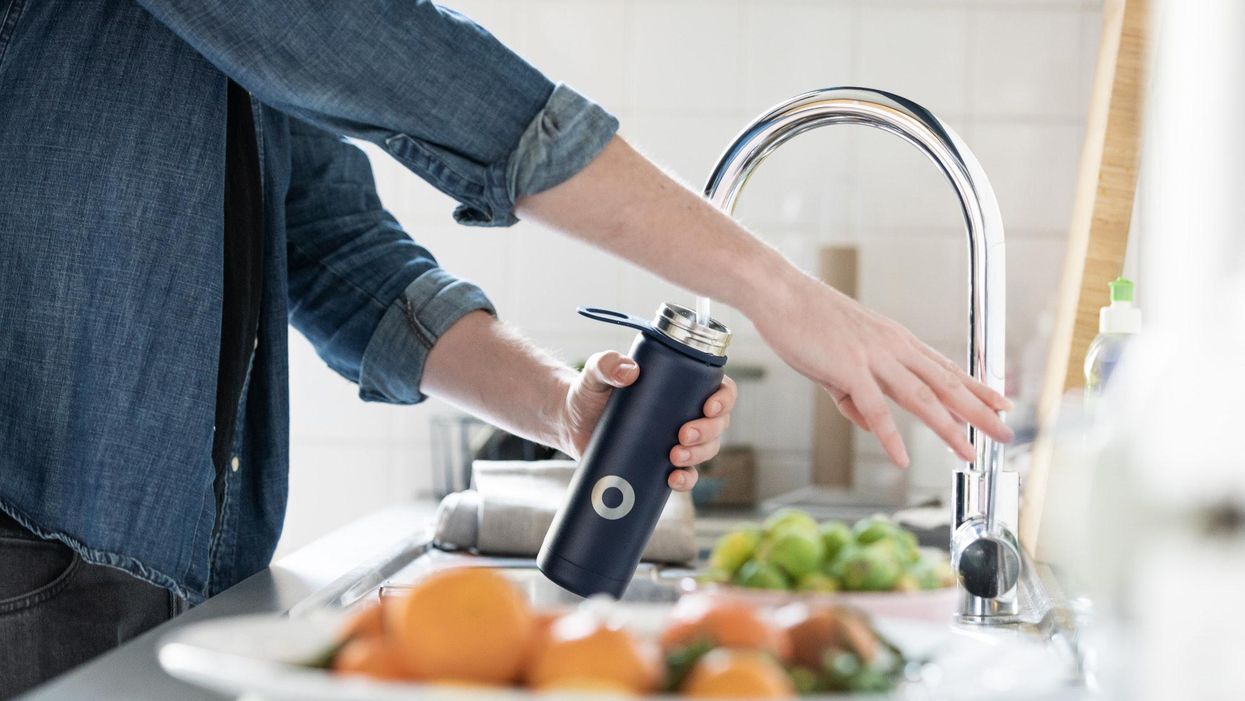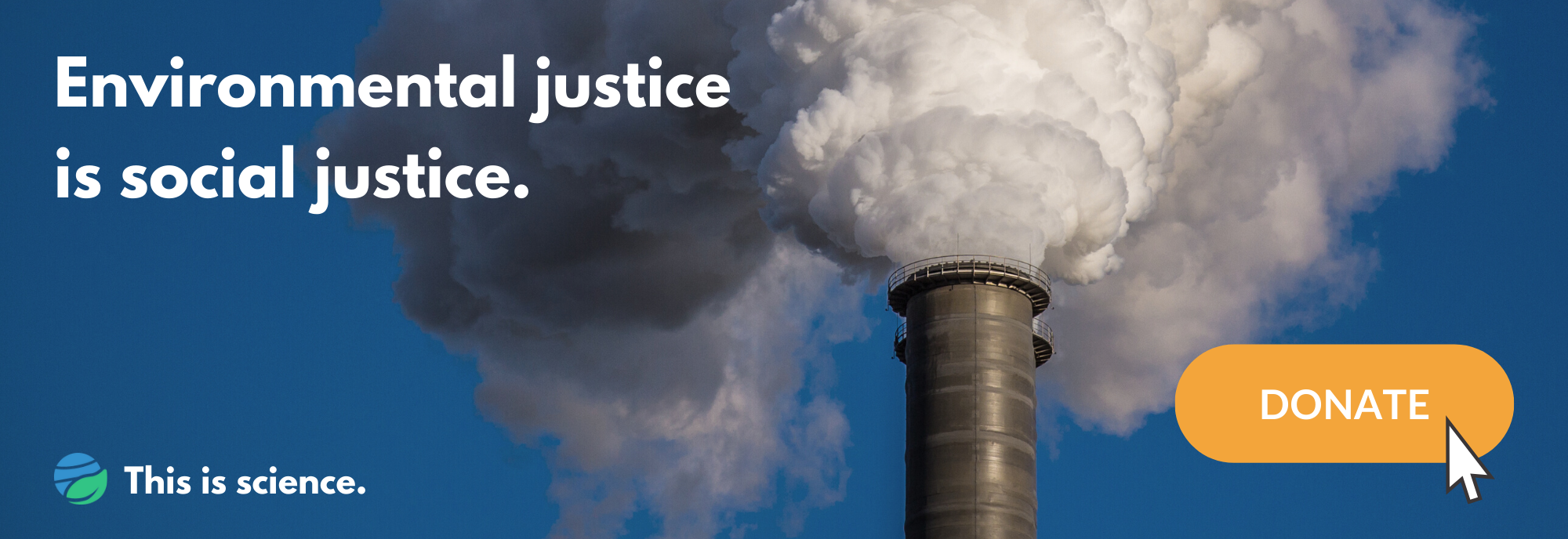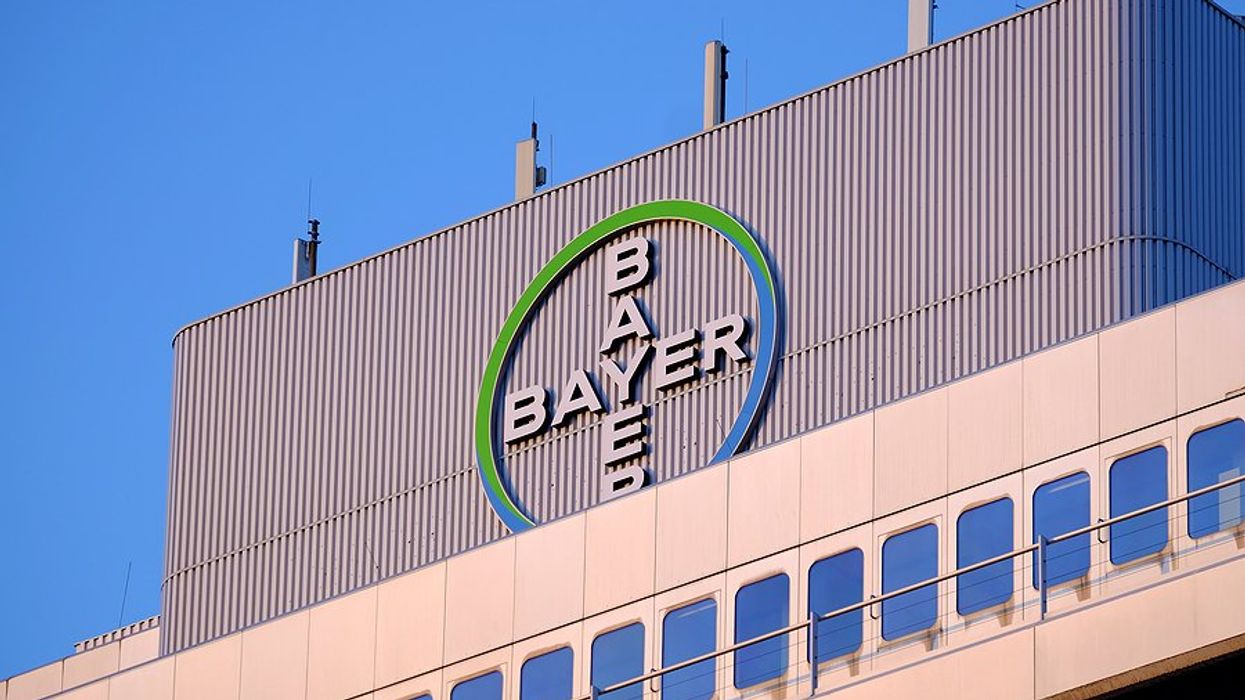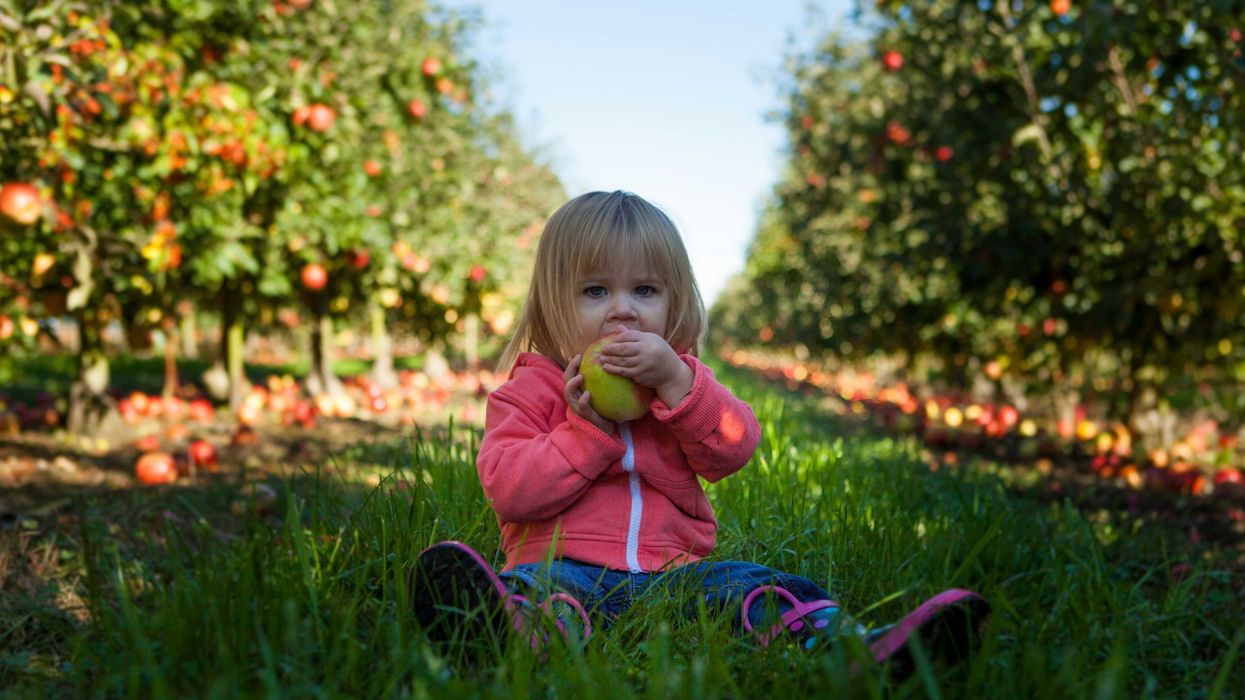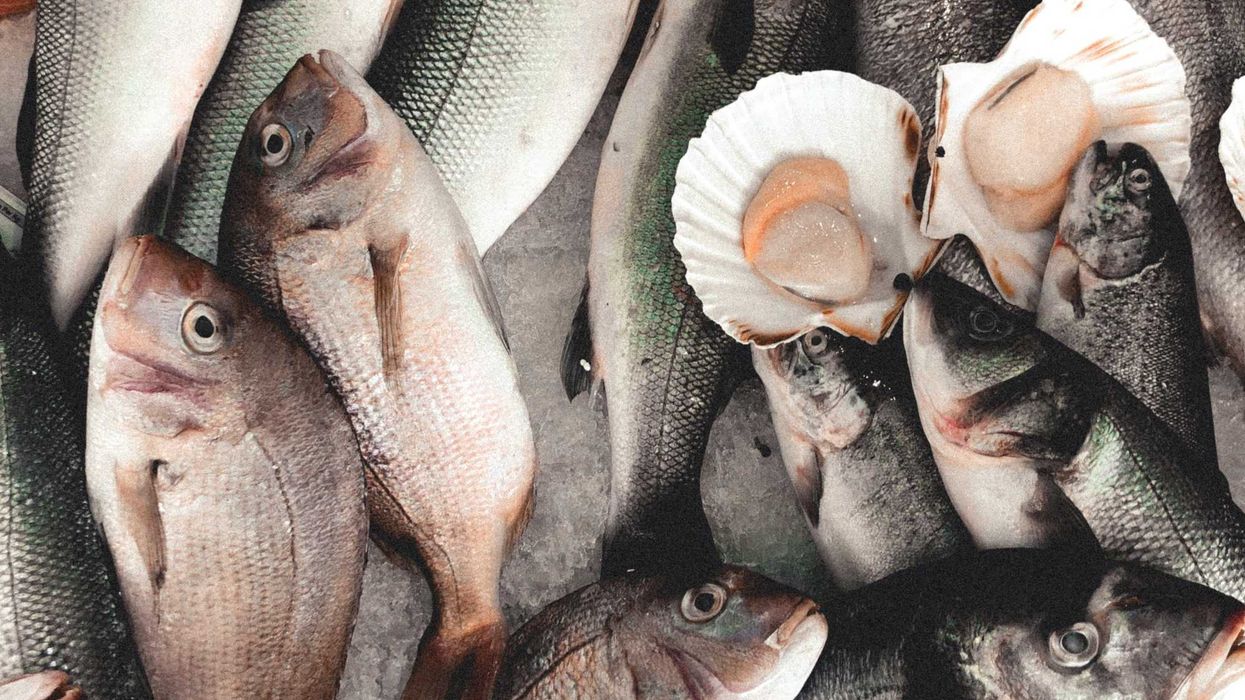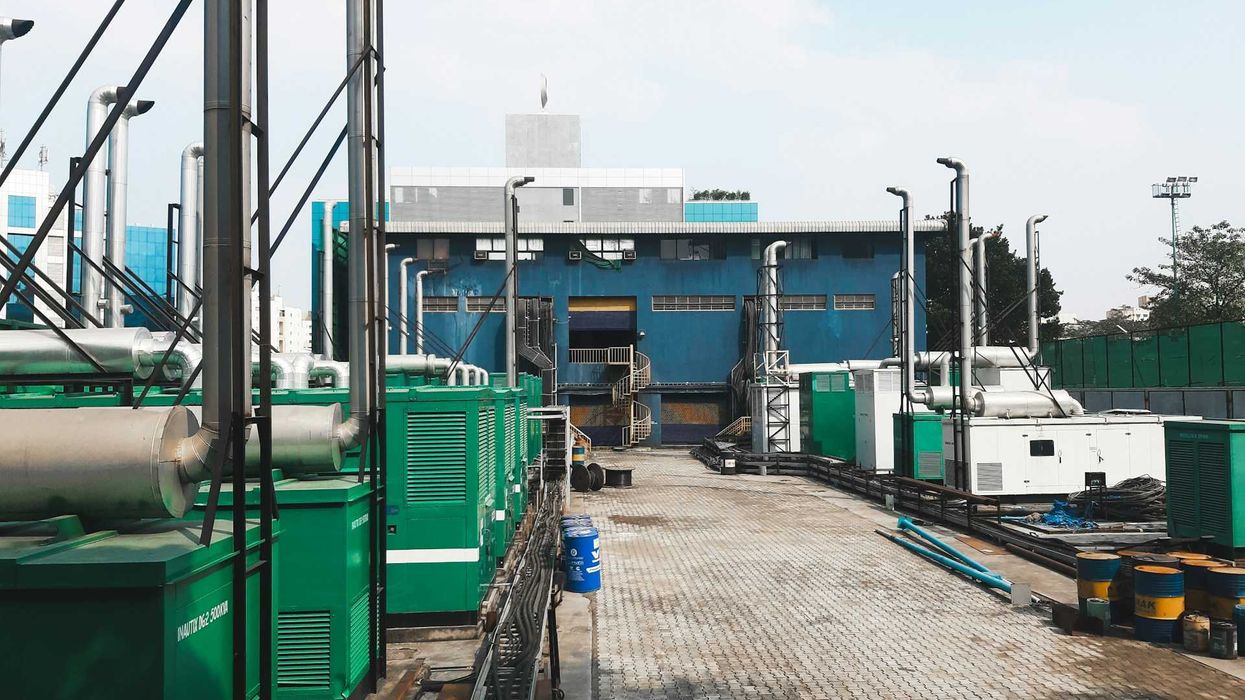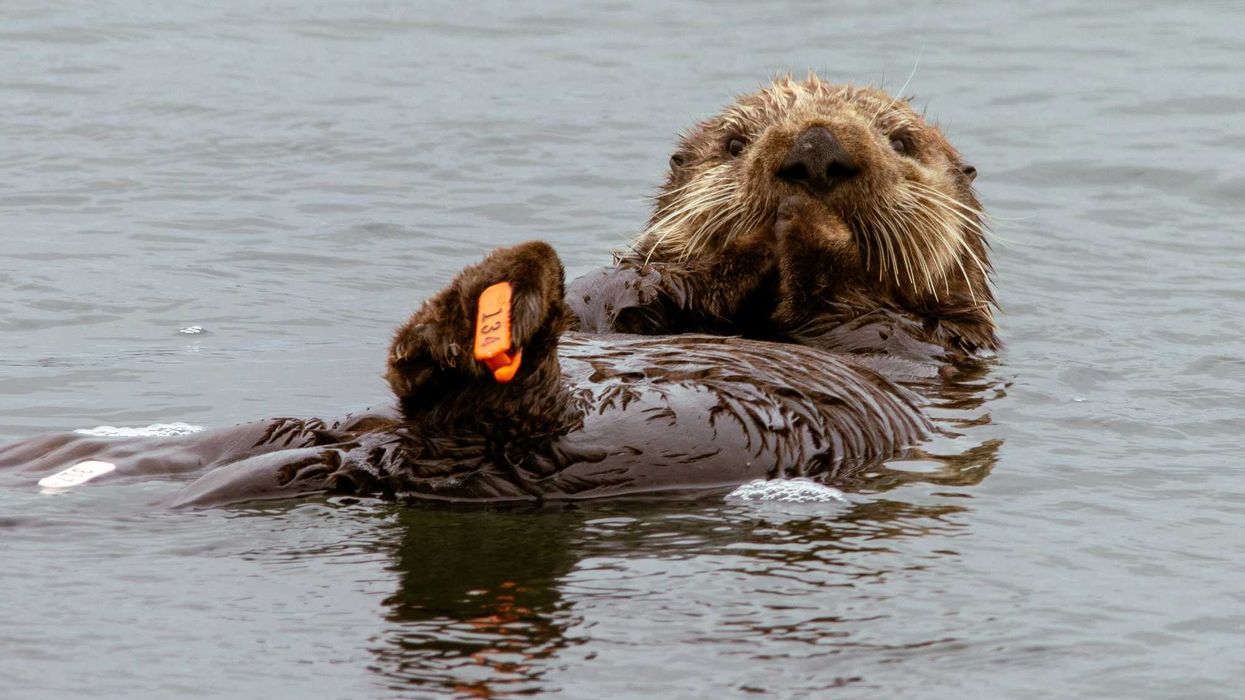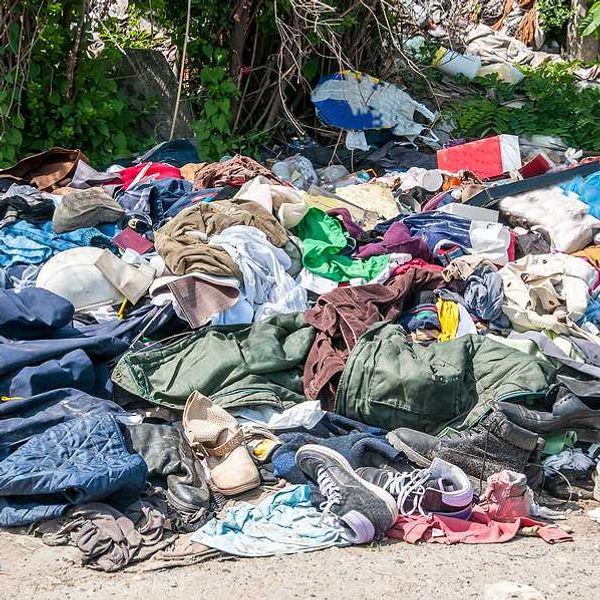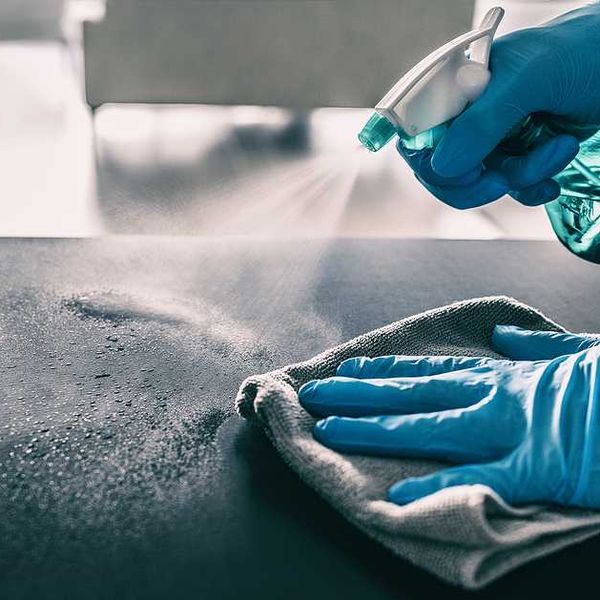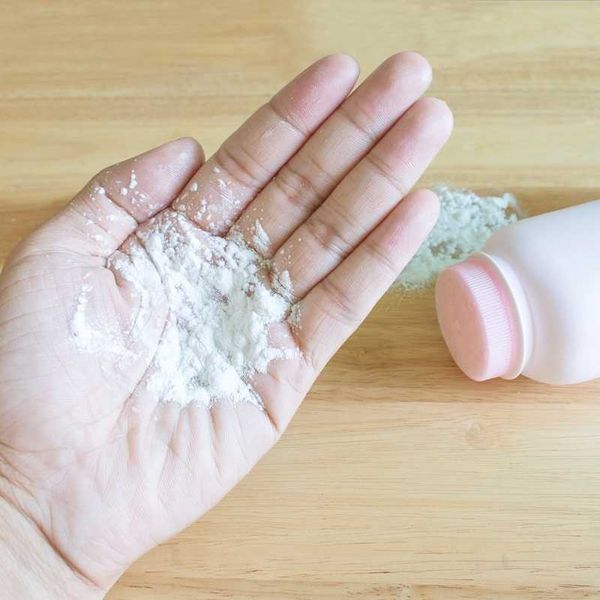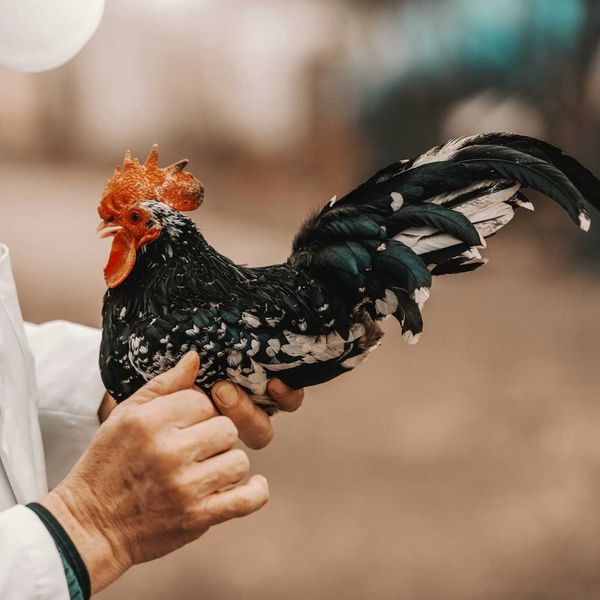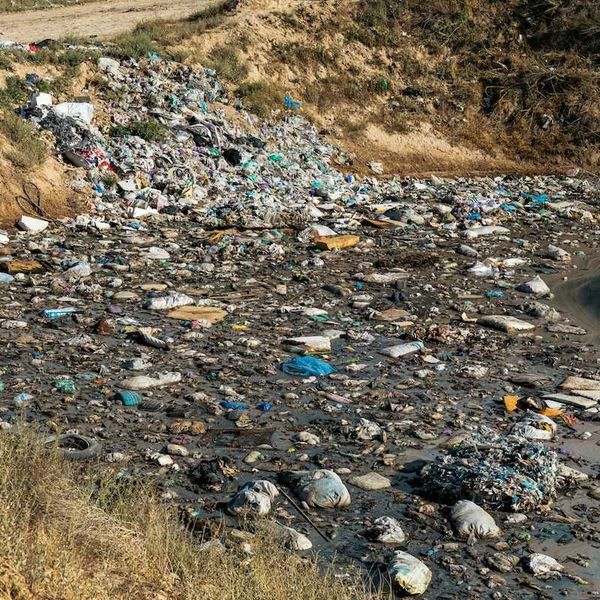The scientific community has known for decades that a group of widely-used chemicals is causing health harms across the globe, but effective policies aimed at curbing those impacts lag far behind the research, according to a new study.
The class of chemicals, known as PFAS (perfluoroalkyl and polyfluoroalkyl substances), includes more than 5,000 individual chemicals with similar properties. PFAS don't readily break down once they're in the environment, so they can accumulate in animal and human tissues, earning them the nickname "forever chemicals."
The study, published Tuesday in the peer-reviewed journal Environmental Science & Technology, involved researchers from the U.S., Sweden, Switzerland, Belgium, Norway, the Czech Republic, and Denmark.
The researchers are calling for global changes to the way PFAS are manufactured and regulated including:
- Scientific collaboration to better understand the extent of PFAS contamination and its health impacts around the world;
- Bolstered data sharing between industries manufacturing PFAS, and scientists and policymakers;
- Consistency in PFAS measuring techniques;
- Improved PFAS waste management strategies;
- Better communication strategies related to the health harms of PFAS;
- And clear policy guidelines related to the manufacturing and cleanup of PFAS.
"Knowledge deficits are often put forward to delay concrete measures," said co-author Martin Scheringer, a researcher at the Institute of Biogeochemistry and Pollutant Dynamics in Zurich, in a statement. "But we already know enough about the harm being caused by these very persistent substances to take action to stop all non-essential uses and to limit exposure from legacy contamination."
The researchers' suggestions for new paths forward include taking a systematic inventory of all PFAS industries to identify current and former sites of emissions on a global scale; requiring retailers to know and publicly share where PFAS are present in their supply chains; limiting future use of PFAS to only essential uses; requiring manufacturers of PFAS to be financially responsible for their cleanup; and regulating the chemicals as a class rather than attempting to tackle all 5,000+ of them one by one.
In addition to being detected in food and takeout wrappers and boxes, PFAS are used in many kinds of nonstick and waterproof coatings. The chemicals have been detected in indoor air, and at troubling levels in drinking water supplies throughout the U.S. and around the globe. Exposure is linked to health effects including testicular and kidney cancers, decreased birth weights, thyroid disease, decreased sperm quality, high cholesterol, pregnancy-induced hypertension, asthma, and ulcerative colitis.
"A striking feature of PFAS is how they can cause harm to so many systems within our bodies— our livers, our kidneys, our immunity, our metabolism," Dr. Linda Birnbaum, Scientist Emeritus and former Director of the National Institute of Environmental Health Sciences, who was not involved in the study, said in a statement. "One path forward proposed in this study is to link up all of the research tools—biomonitoring, epidemiology, animal studies, in vitro studies, computer modelling, etc.—to help us understand the consequences of our exposures."
Related: Pennsylvania vows to regulate PFAS in drinking water—again—but regulations are at least two years away
The researchers also outline barriers to each of these proposed solutions, and recommend ways of overcoming them. For example, they note the difficulty of measuring low levels of specific PFAS in drinking water, but recommend new methods being developed to measure total PFAS content in drinking water and explore ways these more efficient, cost-effective methods could be shared between countries and municipalities to make them accessible.
The researchers also investigated who should pay for the cost of PFAS contamination, noting that individuals who get sick as a result of contamination often bear the financial burdens of those impacts (along with local health systems), while local governments and water authorities often bear the cost of cleaning up water contamination. They note that the plants manufacturing these chemicals are often in low-income communities and communities of color, which often have the highest health costs of PFAS exposure—a clear example of environmental injustice. Although PFAS are produced by a small number of companies, the pollution they produce has been distributed globally, so the researchers explore several existing models for making polluters cover the cost of environmental cleanup.
US PFAS regulations
Since 2016, the U.S. Environmental Protection Agency (EPA) has recommended a non-enforceable health advisory limit of 70 parts per trillion (ppt) for PFAS in drinking water—a level scientists, several states, and other federal agencies have determined is too high to adequately protect people's health. The agency has repeatedly promised to enact more stringent standards for PFAS in drinking water, but so far those regulations have not materialized (though renewed efforts to regulate the chemicals at the federal level are currently underway).
In the meantime, around 10 states have proposed or enacted limits on PFAS in drinking water, leaving a patchwork of protections. Some states, like Pennsylvania, have spent years attempting to regulate the chemical but run into numerous delays. Several other states have sued manufacturers of PFAS in an attempt to cover the costs of cleaning them up. Other nations have faced similar challenges when it comes to protecting people from PFAS in drinking water—and drinking water is just one of many potential sources of widespread exposure to the chemicals.
"It is critical to prioritize our efforts so as not to be overwhelmed by the magnitude of the problem," said Dr. Carla Ng, a researcher at the University of Pittsburgh and lead author of the study, in a statement. "This paper identifies where focus is needed to effectively minimize environmental and human exposure to PFAS."
Banner photo credit: Bluewater Sweden/Unsplash

